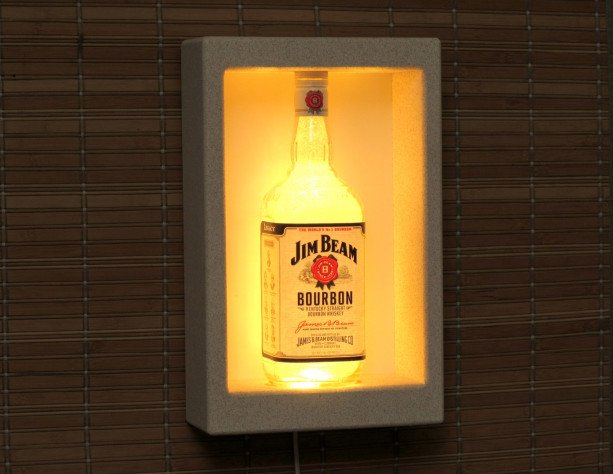The color of an LED is a function of the material used to make the junction. There are two main flavors used in visible light LED junctions: Indium gallium nitride (InGaN) is used to make up the blue, white, true green, and UV types. Aluminum gallium indium phosphide (AlGaInP or AlInGaP) is used to make the re yellow, and orange types. What determines the color of an LED ? The material used in the semiconducting element of an LED determines its color.

The LED is made up of re green and blue LEDs each of which can be controlled by a microcontroller. Light color, or color temperature, is measured using the Kelvin scale. CFLs and LEDs are available in warm colors (low k) to match the yellowish light of incandescent bulbs, but you can also choose cooler colors (high k) with whiter or bluer light. Please see the color temperature chart below for further reference.
Today you can find LEDs in a wide variety of colors , corresponding to a range of frequencies they operate at. A comprehensive guide to choosing LED Lighting for any room in your house including a selection of LED Light bulbs and fixtures Just like us, every room in your home is different , having a unique and individual personality based on the activities that take place in a given room. The LED illuminated glow stick is capable of glowing in a variety of different colors. It is reusable and rechargeable and safe for children.

Each pixel in the LED monitor displays colors this way, by combination of re green and blue LEDs (light emitting diodes). When the red pixel is set to the LED is turned off. Tri- color LEDs contain three different LED emitters in one case. Each emitter is connected to a separate lead so they can be controlled independently.
A four-lead arrangement is typical with one common lead (anode or cathode) and an additional lead for each color. Others, however, have only two leads (positive and negative) and have a built-in electronic controller. Fast 1st Class Delivery. Huge Stock, Next Day Delivery. Check out our buying guides.
Good Price on Fancy Lighting Lamp Wholesalers Truste Audited China Suppliers. The LED colour temperature chart shows the expected brightness of an LED bulb in relation to its temperature in degrees Kelvin. A bulb with a lower colour temperature of 1K – 5K gives off reddish-yellow hues.
RGB LEDs include re green, and blue emitters, which allow for it to combine the three primary colors in different amounts to produce new colors with incredible precision. There are literally millions of possibilities of color combinations with today’s increasingly sophisticated controllers. For this to have a nice effect you need loads of different color LEDs.
I found it a bit frustrating to find. Nowadays, there are various different colors , shapes, sizes, and types of LED lights available. LED Basics Construction The first thing to understand when questioning, How do LED lights change color ? LED light as a series of diodes that emit light when electricity is introduced. This electricity flows from positive to negative, and depending on how each diode is manufacture a different wavelength of the light spectrum will be emitted during the transference of energy. RGB LED stands for Re Green and Blue Light Emitting Diode.
As its name implies, an RGB LED combines the re green and blue colors to create a broad range of light in visible colors. It does this by adding the three different colors together. The specific color we see in a lit LED depends on the level of energy involved. This is called the RGB Color Model. To control this energy level, manufacturers use different materials for the semiconductors.
Each specific LED can display light in only one color. It took time for manufacturers to develop the use of different materials, so the range of colors supported by LEDs has widened over time.
No comments:
Post a Comment
Note: only a member of this blog may post a comment.